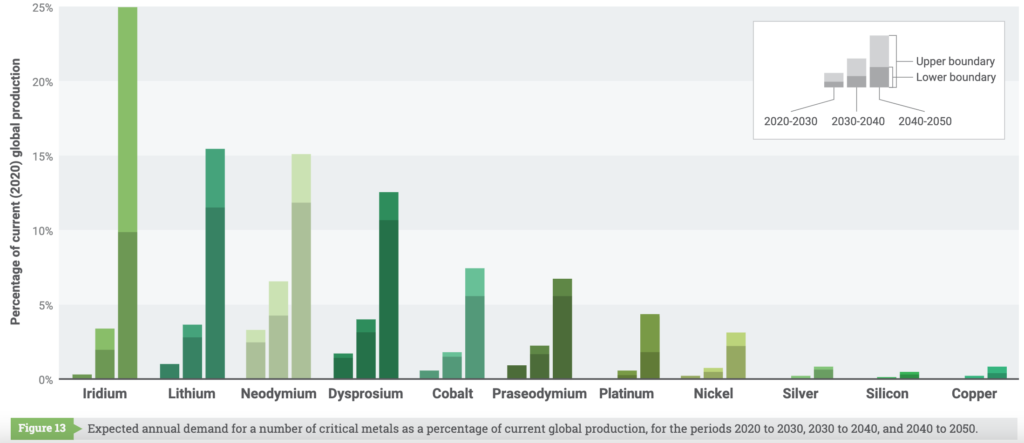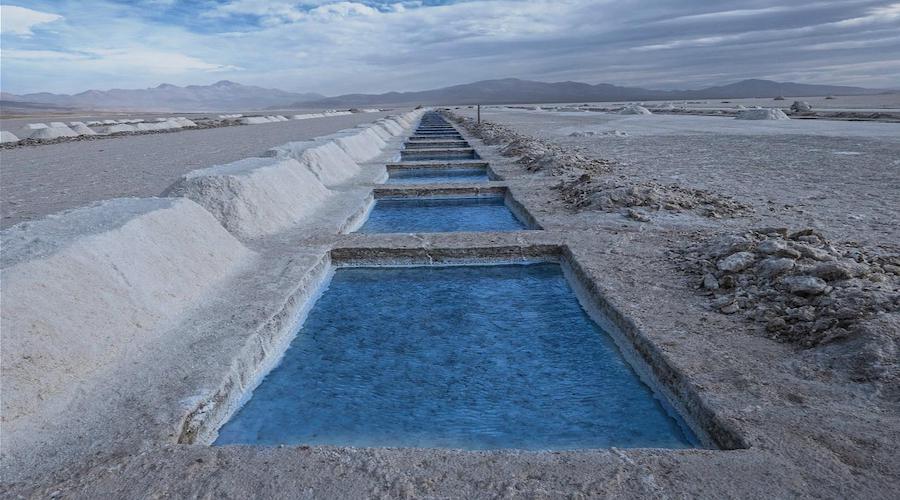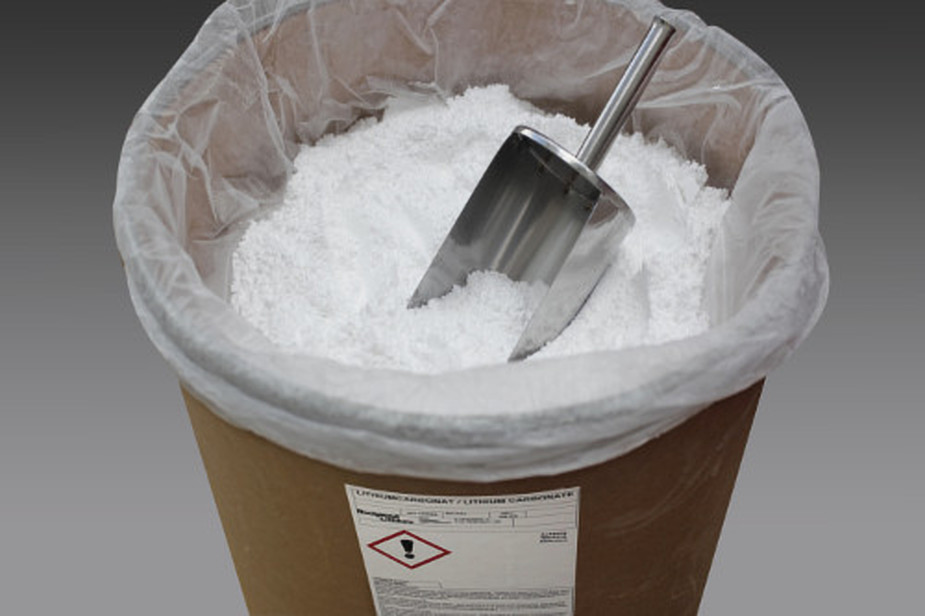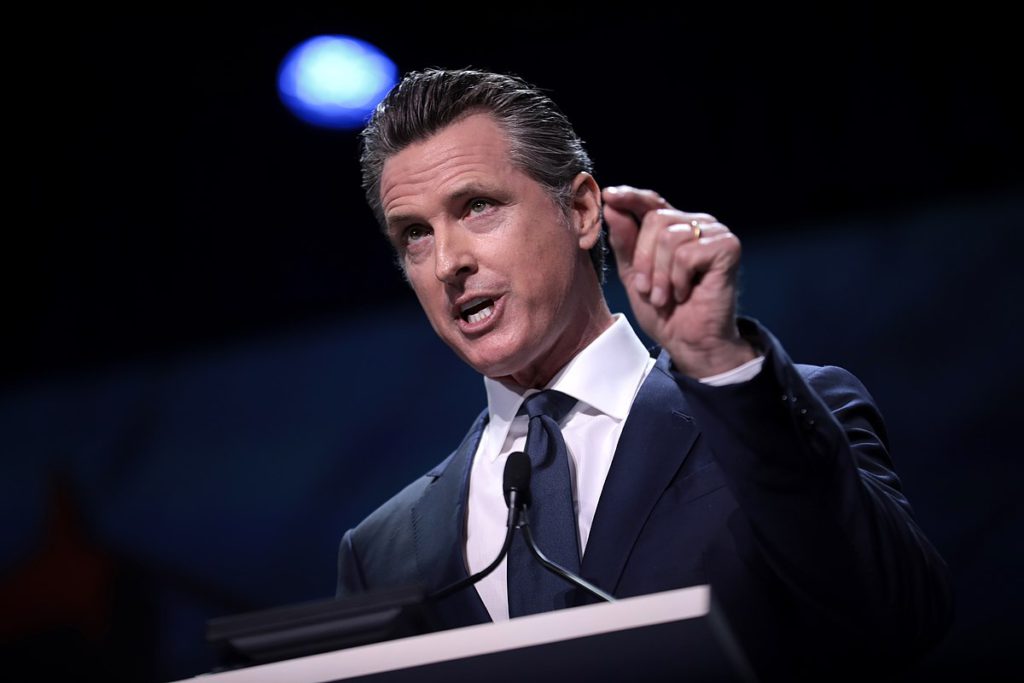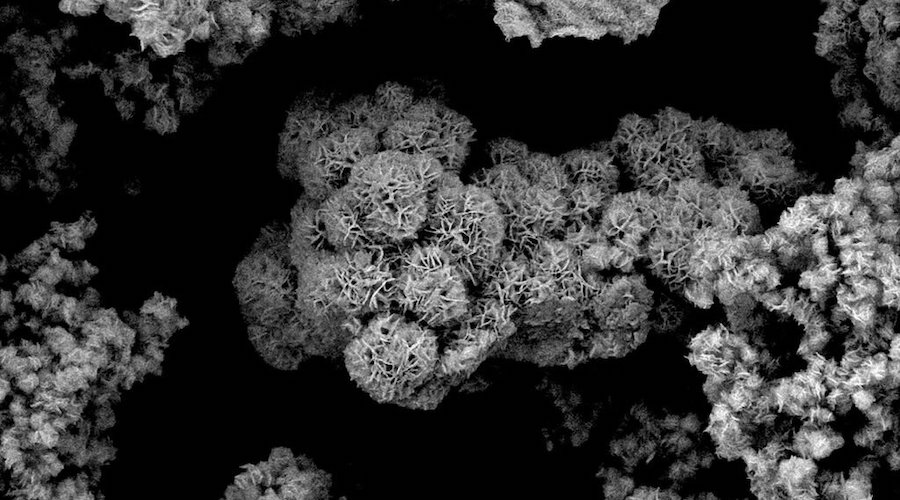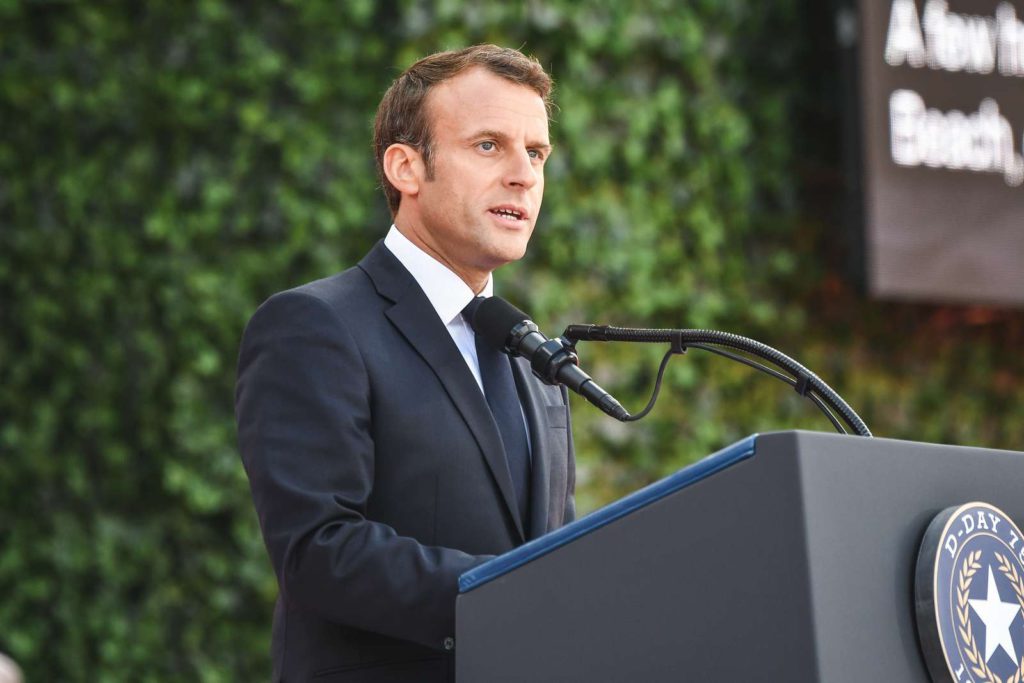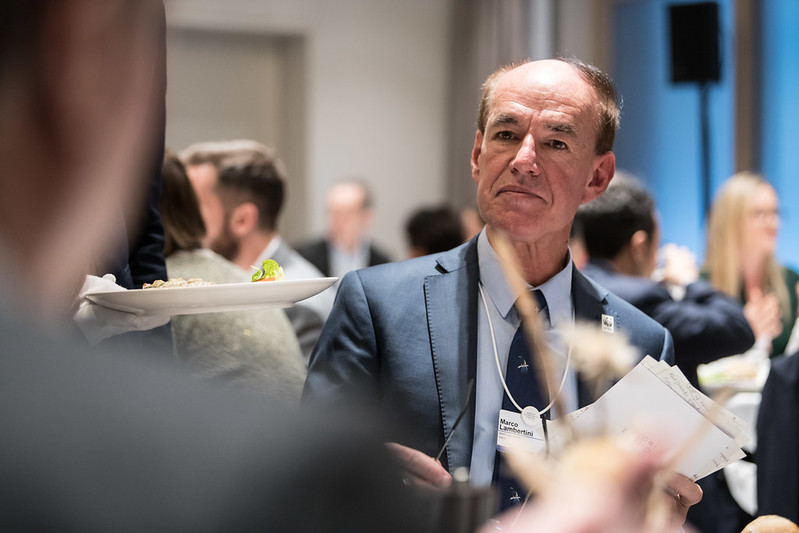CRIMINAL CAPITALI$M
JPMorgan’s ‘big hitters’ of gold market face trial over spoofing
Bloomberg News | July 7, 2022 |
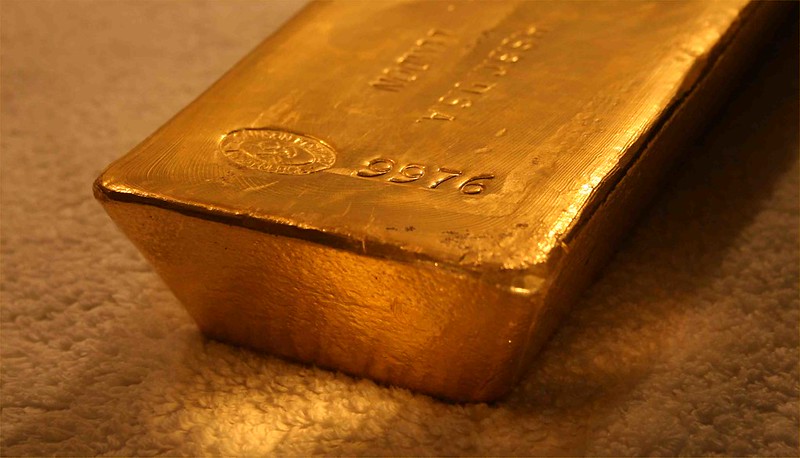
Credit: Bullion Vault
Michael Nowak was once the most powerful person in the gold market.

The former JPMorgan Chase & Co. managing director ran the bank’s precious metals business for more than a decade, making hundreds of millions of dollars in profit trading everything from silver to palladium. Now, he and two of his former colleagues face a federal jury in Chicago on criminal charges for thousands of so-called spoofing trades, which prosecutors say were used for years to generate illicit gains for JPMorgan and its top clients.
The trial, slated to kick off Thursday, threatens to lay bare the inner workings of the prestigious bank that has long dominated the market for gold. The government says Nowak’s business operated as a criminal enterprise, manipulating prices from 2008 to 2016 by placing thousands of trade orders that were never intended to be executed. If convicted, the three men are among the biggest players yet to face prison for price manipulation.
“These are big hitters,” said Robin Bhar, a former metals strategist at Societe Generale SA who spent more than three decades in the industry. “Coming to court gives it a lot more transparency in what is a very opaque market.”
The trial comes after years of a US government crackdown on price manipulation that saw JPMorgan pay $920 million to settle spoofing claims two years ago. With $330 billion of notional value in precious metals derivative contracts at the end of March, the New York-based bank accounts for 67% of the positions put through US banks. It holds three times as much as the next-biggest player, Citigroup Inc., data show.
Nowak, who was also a board member of the body that runs the London gold market, faces 15 counts including commodities fraud, conspiracy to engage in racketeering and price manipulation, and spoofing — planting fake orders into the market to steer others into buying or selling at prices that favor the bank. Trader Gregg Smith faces 13 counts, while Jeffrey Ruffo, a salesman, faces two counts. A fourth defendant, trader Christopher Jordan, is scheduled to be tried separately on Nov. 28.
All four have pleaded not guilty and face decades in prison if convicted on all charges.
Nowak’s lawyer declined to comment, as did federal prosecutors. Attorneys for Smith and Ruffo didn’t respond to requests for comment.
Nowak was arrested in September 2019, sending a shock wave through the metals and proprietary trading world. Industry insiders told Bloomberg in 2020 that Nowak, an introverted and brainy young father with a house in the Manhattan suburbs, had a clean reputation. He was released on $250,000 bond.
His arrest was part of a raft of prosecutions brought by the Justice Department since spoofing was defined and made illegal by the Dodd-Frank act in 2010. The government has extracted more than $1 billion in fines for banks and filed criminal charges against dozens of individuals, using trading records and internal bank chat logs as evidence.
US crackdown
In 2021, two Bank of America Corp. precious-metals traders were convicted in Chicago. A year earlier, a jury found two from Deutsche Bank AG guilty, while others reached plea agreements and cooperated with authorities. The most infamous spoofer was Navinder Singh Sarao, a British day trader accused of contributing to the 2010 Flash Crash in US stock markets.
While cases have involved alleged crimes such as commodities fraud or conspiracy, prosecutors have upped the ante with the JPMorgan defendants. They’ve added charges under the Racketeer Influenced and Corrupt Organizations Act, a law more commonly used against gangs or the mafia.
The government claims members of the precious metals desk worked together to use unlawful trading practices to maximize the bank’s profit and minimize its losses on trades in gold and silver. More recently, RICO statutes were used in criminal charges against Bill Hwang, whose Archegos Capital Management collapsed last year, costing banks billions.
“It’s the closest thing we have to a nuclear option in a financial context,” said Eugene Soltes, a professor at Harvard Business School who has written about white-collar crime.
Among the government’s witnesses are former JPMorgan employees, including John Edmonds, who told prosecutors about Nowak’s trading in 2018, as well as Armand Nakkab, Kristen Pfeiffer and Christian Trunz, court records show. Another is former Bear Stearns and Bank of Nova Scotia trader Corey Flaum, who pleaded guilty to price manipulation in 2019. The defense witness list includes Tudor Capital trader James Phelan, former Soros Fund Management trader James Ragusa and Moore Capital Management trader Joseph Giunta.
The trial will be closely watched by gold market participants eager to learn more about how JPMorgan operated its trading desk, including evidence from internal chat logs showing how the team communicated.
In one chat entry from May 27, 2008, a bank employee informed Nowak that Smith had “just bid it up to…sell,” according to the indictment.
In another, a colleague warned his teammates that “gregg is bidding up on futures trying to get some off.” At that moment, Smith placed an order to sell seven gold futures while placing offers to buy 77, prosecutors said. The activity was viewable for 59 seconds before Smith sold three of his contracts and canceled his swarm of buy orders. “Appreesh,” the colleague responded, “that worked!”
JPMorgan, which has already admitted wrongdoing and agreed to cooperate with prosecutors, has been fighting to keep some of its internal communications out of the trial, including messages involving Mike Camacho, who was head of global metals.
Prosecutors said in court filings they’ll seek to show jurors communications between Ruffo and former Moore Capital Management money manager Christopher Pia about an allegedly illicit trade.
High-frequency trading
Market players say that before Dodd-Frank, spoofing as it’s known today was prevalent on Wall Street. Some traders sought to bluff rivals like high-frequency trading firms to gain an edge, canceling orders before a trade was executed.
“If you have a large order and the algorithms pick up that you are selling selling selling, then they are going to jump in front of you,” said Matthew Mazur, an attorney at Dechert LLP, who defended a Deutsche Bank trader in 2020. “If you telegraph to the market what you actually want to do, you would be killed.”
That argument hasn’t worked with jurors in recent trials, where defense lawyers asserted that their clients intended to execute their trades, but canceled for legitimate reasons. In the trial for the Deutsche Bank traders, their attorneys argued that fooling competitors in financial markets is no different than bluffing in a high-stakes poker game.
“The defense is going to say the market is changing and the traders wanted to change their minds and make adjustments,” said Soltes, the Harvard professor. “But you have to have a genuine willingness to execute that trade.”
The government also intends to bring in experts in algorithmic trading, including David Pettey of Susquehanna International Group LLP. Prosecutors allege the defendants broke the law to try to outsmart firms like Susquehanna, whose edge in speed allowed them to get ahead of bankers placing high-value orders.
By placing orders with the intent to cancel them before execution, the defendants could cause markets to react to a false picture of supply and demand, creating an opening to complete trades and moving prices in favorable directions, prosecutors said in their indictment.
The case is US v. Smith et al, 19-cr-00669, US District Court, Northern District of Illinois (Chicago)
(By Eddie Spence and Tom Schoenberg, with assistance from Jack Farchy)
EXPLAINER: Nuts and bolts of the LME’s cancelled nickel trades legal case
Reuters | July 1,2022
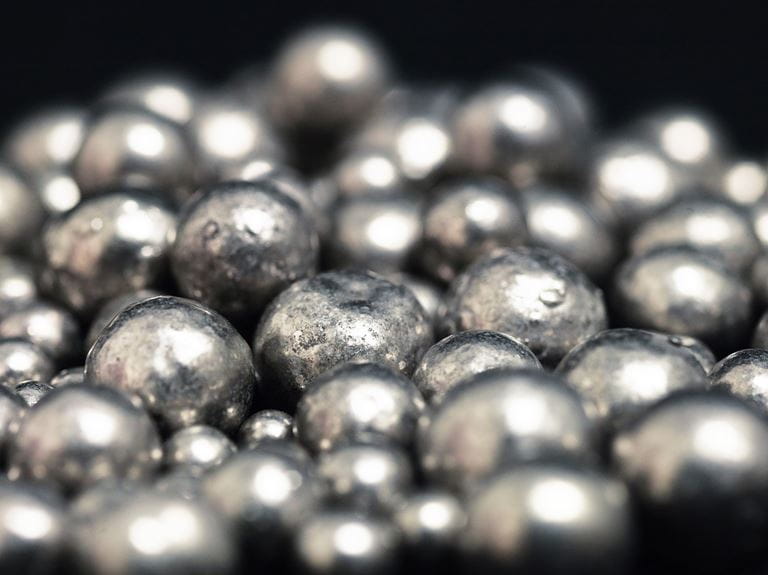
Nickel. Credit: LME
Hedge fund Elliott Associates and Jane Street Global Trading are suing the London Metal Exchange for up to $500 million after the LME cancelled nickel trades on March 8 when prices soared to record highs above $100,000 a tonne in chaotic trade.

The nickel trading debacle is the biggest crisis to hit the world’s oldest metals forum in decades. Suspension of trading on March 8 left consumers and producers without key benchmark prices and damaged the 145-year-old LME’s reputation.
Sources familiar with the events around the suspension said that if the LME hadn’t cancelled the trades, some of its members would not have been able to pay their margins, known as default.
“Decisions were made in part due to our conclusion that the significant price movements during early hours trading activity on 8 March had created a systemic risk to the market, including in relation to margin calls,” an exchange spokesperson said in response to a request for comment.
The spokesperson added margin calls would have hit levels “far in excess of those ever experienced in the LME market”.
Following are details about how margin calls work, what happened on March 7 and 8 and what happens if a LME member fails to pay margin calls.
How do margin calls work?
Margin calls are deposits of cash or collateral with the exchange’s clearing house, LME Clear, to cover potential losses in a member defaults.
Initial margin is a percentage of the purchase price that members must deposit with LME Clear for their trades.
Variation margin is the difference between the price originally bought or sold at and the current market price or closing price. As prices move up or down the variation margin has to be topped up or cash is returned.
LME Clear calls for variation margin every hour during the day, to be settled within an hour. It also calls for variation margin at close of business, to be settled by 0900 London time the next working day.
What happened?
Short position holders sell metal contracts on the LME and long positions buy.
The problem was Tsingshan Holding Group, China’s largest private stainless steel producer, couldn’t immediately get the cash it needed to meet margin calls on a large short position when nickel prices soared in early March.
Tsingshan can’t trade on the LME as it is not a member.
Its short position would have been built via a LME member using over the counter (OTC) trades — bi-lateral agreements between LME members and their clients.
Members that traded with Tsingshan would have held long positions, which can be netted off against other client positions or hedged by selling contracts on the LME, on which they would pay margin calls.
Tsingshan would have had a credit line with members to pay its margins. Once that credit was exhausted, members would have asked for cash.
What happens in a default?
In the event of a member default, LME Clear takes over the member’s portfolio and sells it.
Any losses are initially offset against margins paid by the defaulter, then by LME Clear’s default fund, which in March amounted to $1.1 billion. Separately, LME Clear would contribute an additional 25% of its regulatory capital in the event of a default to cover the losses.
If there isn’t enough money in the default fund, the clearing house and members have to keep topping up the fund until all the losses are covered.
Size of potential losses?
Tsingshan had a short nickel position totalling around 300,000 tonnes at prices between $18,000 and $19,000 a tonne in early March, according to one source familiar with the matter.
How much of that was on the LME is not known and Tsingshan sold down some of its position on March 7. However, using the 300,000-tonne figure gives an idea of the scale of losses.
On March 4, LME Clear raised initial margin requirements for nickel by 12.5% to $2,250 a tonne effective at close of business March 8, which meant Tsingshan would have had to deposit another $75 million taking the total to $675 million.
Tsingshan would also have had to add $5.7 billion to its variation margin — 300,000 tonnes multiplied by $19,159, the difference between the closing price on March 4 and 7.
This would have taken the variation margin Tsingshan needed to deposit on March 7 to $8.8 billion — 300,000 tonnes multiplied by $29,578, the difference between the closing price on March 7 and costs between $18,000 and $19,000 a tonne.
On March 8, nickel trading was halted at $80,000 a tonne. At this level, if the LME hadn’t cancelled the trades, Tsingshan would have had to find another $9.6 billion.
(By Pratima Desai; Editing by Veronica Brown and David Evans)





